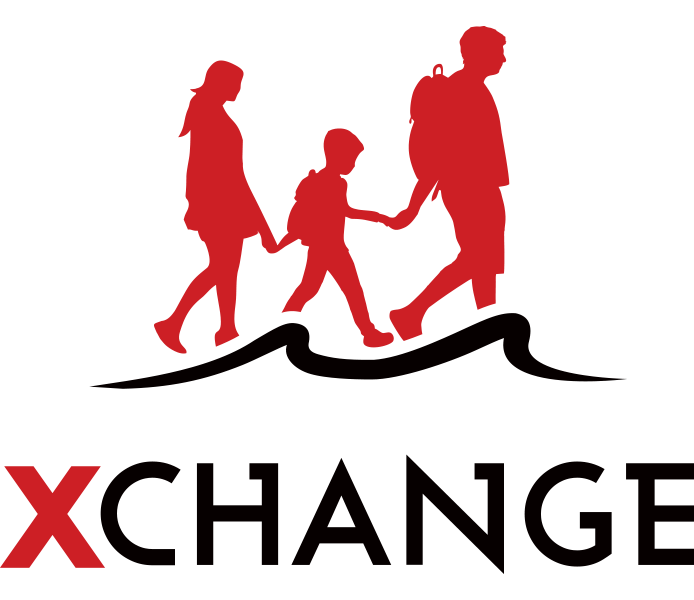In Sudan, the road to stability and peace has been characterized by conflicts and upheavals since gaining independence in 1956. From the turmoil of two devastating civil wars and internal conflicts to numerous attempted, realized, and failed coups, the country has witnessed more times of war than peace with devastating consequences. Sudan now finds itself amid an ongoing conflict between two key factions of the Sudanese Armed Forces that threatens to exacerbate the already dire humanitarian situation in the country.
Violent clashes
In April 2023, violent clashes broke out between the Sudanese Armed Forces (SAF), loyal to Sudan’s de-facto ruler General Abdel Fattah al-Burhan, and the paramilitary Rapid Support Forces (RSF) led by Mohamed Hamdan Dagalo. The power struggle between the two factions dates back to the dictatorial rule of former Sudanese President Omar al-Bashir when the two forces were often deliberately pitted against each other and the subsequent military coup in 2019 that removed al-Bashir from power. Tensions between the two forces have been escalating ever since joining forces during the 2019 military coup, centered around the RSF’s refusal to integrate into the regular armed forces and its increase in power.
The ongoing conflict is taking place against a background of a protracted economic crisis, years of political instability, and inter-communal conflicts. Before the escalation of violence in April, one-third of Sudan’s population – 15.8 million – faced acute food insecurity and required humanitarian assistance. Since then, the ongoing violence has killed over 700 people, injuring 5200, and an estimated 24 million people require humanitarian assistance. Aside from this, costs of food, fuel, and other essential goods are soaring, and essential infrastructure, including the airport, ministries, and hospitals, have been hit severely. In Khartoum, fewer than 20% of health facilities remain fully functional, leading to severely limited access to urgent medical services for millions of people.
Forced displacement
Sudan has also been grappling with displacement for years. Over 3.7 million Sudanese were already internally displaced, the majority living in camps in Darfur and the ongoing violence is expected to have a huge impact, with widespread displacement being reported. In the first month of the conflict, over 1 million internal displacements, including 450 000 children have been reported and IOM estimates that 1 million Sudanese might attempt to flee to neighbouring countries. 259 000 people have already left, and many are doing so in dire conditions separated from their families and in desperate need of humanitarian assistance while often arriving in remote areas. Some are also determined to stay close to the Sudanese border, hopeful to be reunited with family members and regain access to assets left behind.
The composition of arrivals from Sudan into neighbouring countries differs substantially from country to country. As of May 24th, Egypt has documented an influx of 150,565 newly arrived Sudanese, while Chad has welcomed 90,000, and the Central African Republic has received 10,368 Sudanese individuals seeking refuge. Ethiopia has seen 5,599 arrivals, and South Sudan has provided shelter to 3,456 Sudanese, culminating in a total of 269,414 newly arrived refugees and asylum seekers from Sudan to neighbouring countries. The influx of refugees has dramatic implications for Sudan’s neighbouring countries which are struggling with protracted domestic crises themselves – battling hunger, insecurity, and the impacts of climate change. In Chad, the situation is particularly alarming, as the influx of refugees comes weeks before the onset of the lean season, leaving an estimated 1.9 million people food insecure. Moreover, the World Food Programme might be forced to halve its food rations to the country due to inadequate funding for its humanitarian response. Egypt, home to a Sudanese diaspora of an estimated 4 million, is anticipated to be the primary destination for Sudanese fleeing their homeland. Already, there are reports of long queues, over-crowding, and unfolding humanitarian needs at the border, painting a troubling picture and suggesting an imminent risk of a humanitarian crisis. In Libya, both the Libyan militia groups and Sudanese militia are reported to be pushing back arrivals, making it increasingly difficult for Sudanese to enter the country. However, as Sudanese currently rank among the top nationalities intercepted by the Libyan coastguard attempting to reach Europe, and in the top 20 nationalities arriving in Italy, it is unlikely that these challenges will deter Sudanese from using this corridor. IOM estimates that neighbouring countries Libya, Egypt, Chad, CAR, South Sudan, and Ethiopia will need approximately $86.5 million to respond to this influx of refugees,
Returnees and a crucial nexus for refugees and migrants
Sudan is home to over 1 million refugees – one of the largest refugee populations on the continent – the majority originating from South Sudan, Ethiopia, Eritrea, Syria, and CAR. Refugees who have fled violence and famine in Ethiopia and South Sudan are now returning home, with Sudan registering 70 551 newly arrived returnees and Ethiopia 52 newly arrived returnees. But with South Sudan itself experiencing an ongoing crisis with a fragile peace process that is closely intertwined with the stability of Sudan and peace talks in Ethiopia only recently commencing after two years of civil war and rising ethnic tensions and violence, the arrival of thousands of Sudanese refugees and returnees in need of assistance raises concerns of massive humanitarian challenges,
Sudan is also a major destination for migrants attracted by economic opportunities from countries including Bangladesh, Burkina Faso, Niger, Nigeria, Mauritania, Somalia, and the Philippines, and acts as a key country of transit and origin for refugees and migrants traveling towards North Africa and potentially Europe along the Central Mediterranean Route. As Sudan continues to spiral deeper into chaos, those fleeing are becoming increasingly dependent on smugglers for safe passage across conflict-ridden areas, inevitably leading to higher smuggler fees and further exploitation.
A potentially protracted crisis
The gravity of the situation in Sudan is compounded by growing foreign interference and the backing of the warring factions by international states and actors. Most notably, Egypt maintains close ties with the SAF, while regarding Sudan as an indispensable ally in its dispute with Ethiopia over their Grand Ethiopian Renaissance Dam project while Libyan warlord Khalifa Haftar and Russia’s Wagner Group have reportedly militarily supported the RSF. Gulf Arab countries also have a vested interest in the country because of its geographic strategic location. The involvement of external actors and the resulting backing of the conflicting parties paints a grim picture of a potential conflict that could drag on for an extended period, further destabilizing the wider region and exacerbating the already dire situation of forced displacement and migration in Sudan.



